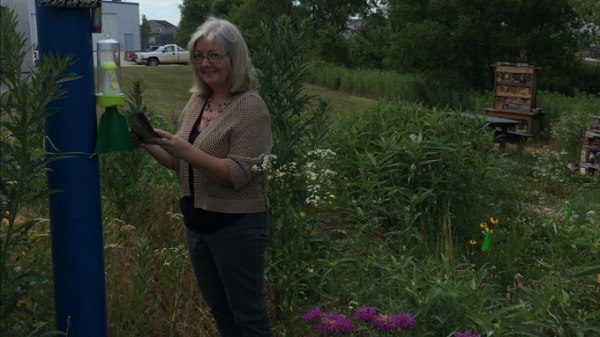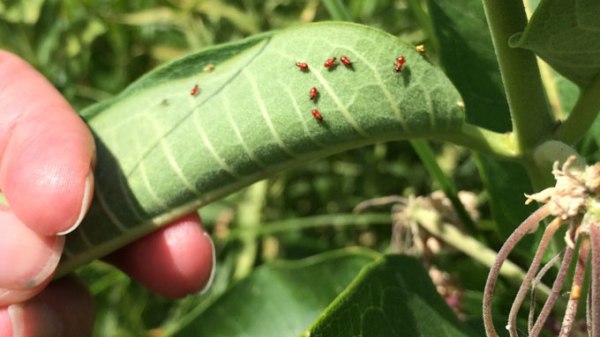
Swallowtail butterfly caterpillar in parsley. Photo by Jody Green, Nebraska Extension in Lancaster County.
As I drove home yesterday, a monarch butterfly flew very near my truck! I was relieved to have missed it (or it missed me!) Unlike other years, I just haven’t encountered a lot of butterflies in my pollinator garden at home or on the road.
Are you seeing butterflies and moths? Are you also wondering where the butterflies have gone? I’ve gotten several calls from people who grow host plants in their landscapes specifically for butterflies. Some call me every year to report what they are seeing. But, like my own garden, people are reporting very few butterflies or caterpillars. Continue reading










